One of the primary concerns that arise when considering dental crowns is the cost associated with all-ceramic crowns. For many, the mere mention of these crowns prompts a familiar refrain: “They’re so expensive!” In contrast, the price of a porcelain-fused-to-metal (PFM) crown can often be just a few hundred dollars, while the cost of a high-quality all-ceramic crown typically exceeds a thousand. This disparity in pricing raises an important question: Why is investing in all-ceramic crowns worth it?
Understanding the Nature of Dental Crowns
Porcelain-fused-to-metal crowns (PFM) have long been the standard solution for dental restorations. With various types built from different materials, they fulfill the necessary functional roles. However, all-ceramic crowns represent a more recent evolution in dental technology, markably advancing both aesthetics and performance. Many individuals mistakenly believe that all-ceramic crowns are merely another variation of PFM crowns, but this assumption overlooks some significant differences.
1. Unmatched Aesthetic Appeal
The clarity and translucence of all-ceramic crowns often surpass that of traditional PFM crowns, which tend to have opaque metal substrates. Consequently, the aesthetic quality of a PFM crown may fall short, revealing an artificial appearance that undermines the goal of a natural-looking smile. The metal base can cast a greyish hue at the gum line, creating an unsightly “black line.” In stark contrast, the superior transparency and light-reflective qualities of all-ceramic crowns allow for a more authentic look that seamlessly blends with the natural teeth, enhancing the overall beauty of one’s smile.
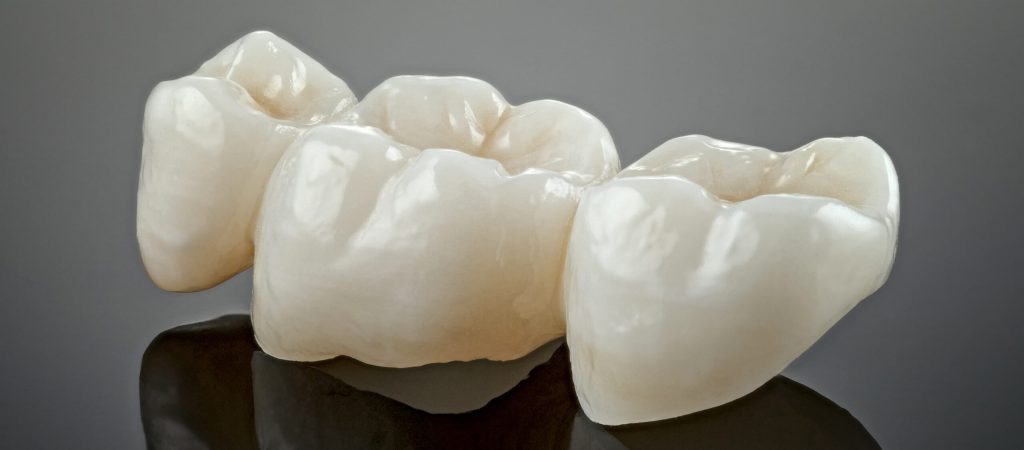
2. Gentle on Opposing Teeth
Moreover, all-ceramic crowns are designed to be less abrasive compared to traditional PFM options. The hardness of PFM crowns can inadvertently lead to wear on the opposing teeth, which is detrimental in the long term. In contrast, all-ceramic crowns are engineered to have a hardness similar to that of natural tooth enamel, sparing the surrounding dental structures from unnecessary wear and tear.
3. Elimination of the “Black Line” Dilemma
Another drawback of PFM crowns is the oxidation of the metal core, which can lead to the formation of grey compounds that infiltrate the gum line and affect overall aesthetics. This dilemma is wholly avoided with all-ceramic crowns, as their entirely porcelain structure is immune to such reactions—preserving both the beauty of the crown and the health of the gums.
4. Promoting Gingival Health
The metallic components in some PFM crowns can irritate the gingival tissues, and there are documented cases where individuals experience allergic reactions to these materials, resulting in swollen and bleeding gums. All-ceramic crowns offer a biocompatible alternative that minimizes such risks, making them an excellent choice, especially for those sensitive to metal.
5. Superior Bonding Properties
The bond between the metal and porcelain layers in PFM crowns can sometimes fail, leading to chipping and exposing the darker metal underneath. This not only compromises the aesthetic but also poses functional issues. In contrast, all-ceramic crowns form a cohesive bond through their fully porcelain structure, which eliminates the chance of delamination or loss of integrity over time.
In conclusion, the stark differences between all-ceramic crowns and porcelain-fused-to-metal crowns become evident. Opting for high-quality materials not only ensures a lasting solution but also enhances both visual appeal and dental health. Making an informed choice today can lead to a worry-free experience for a lifetime.

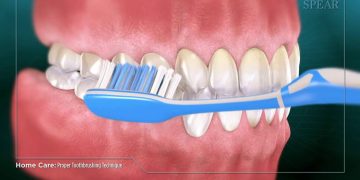
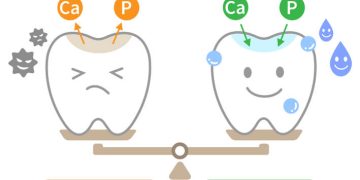
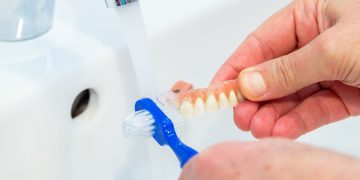




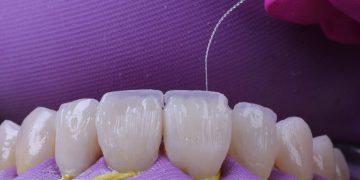
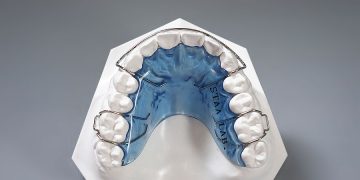

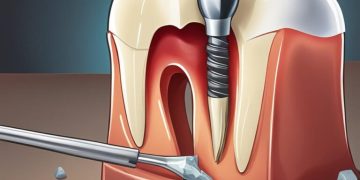













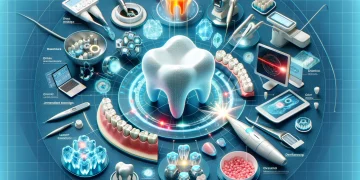



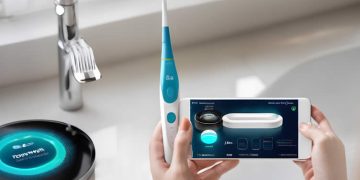

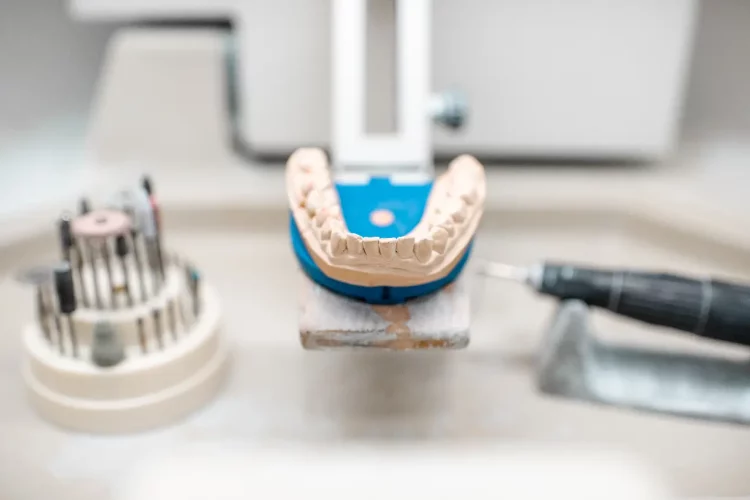













Discussion about this post